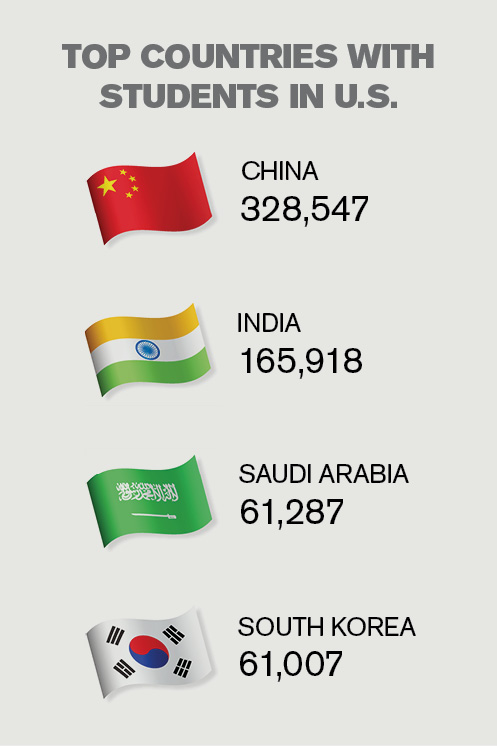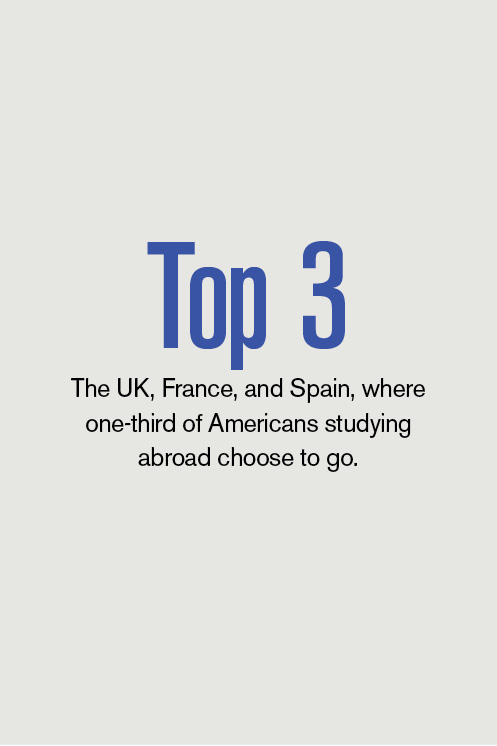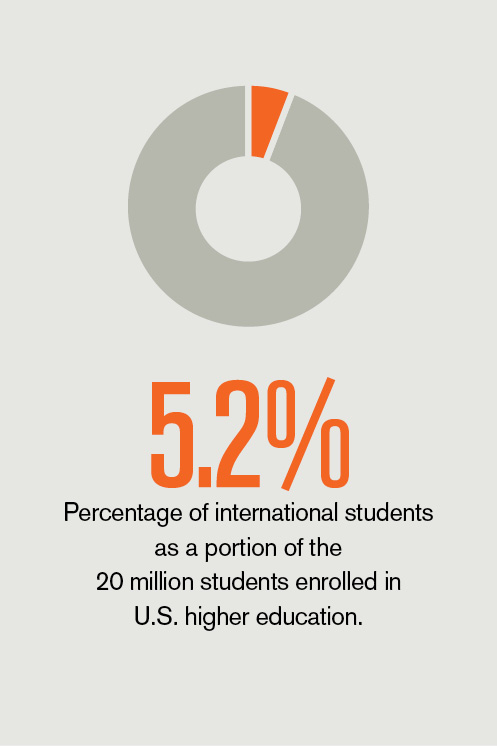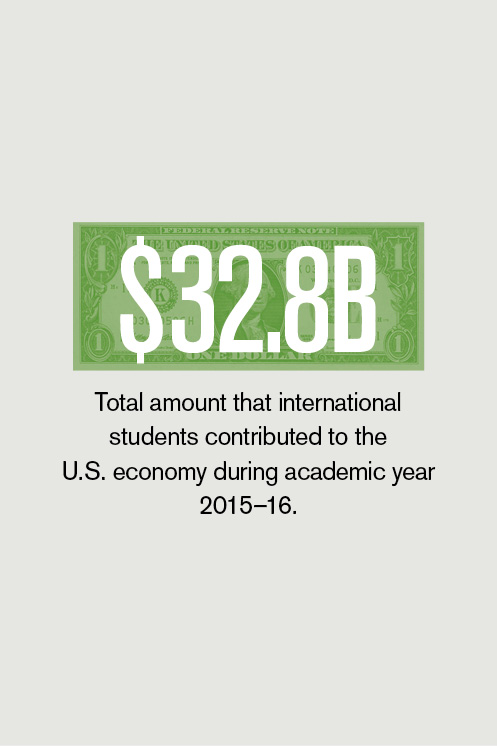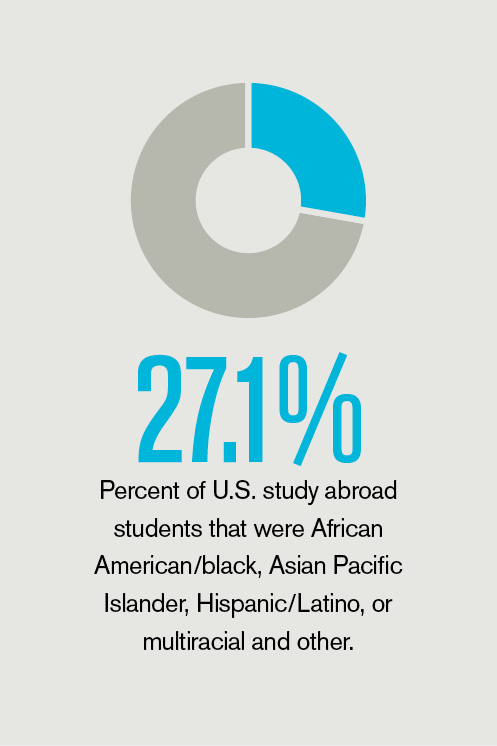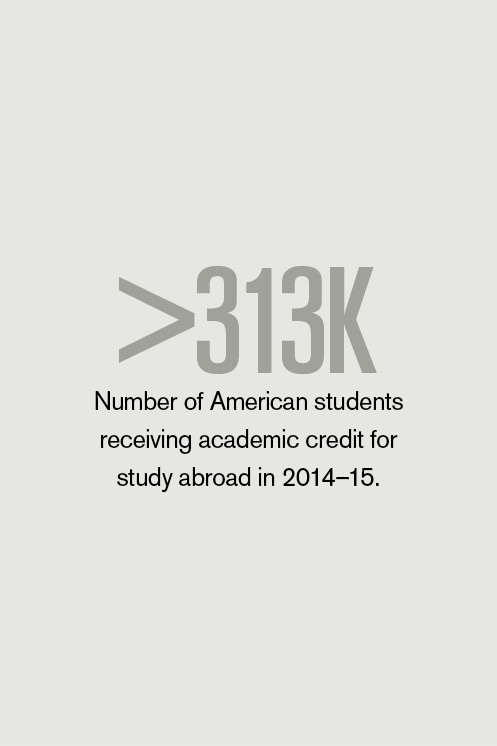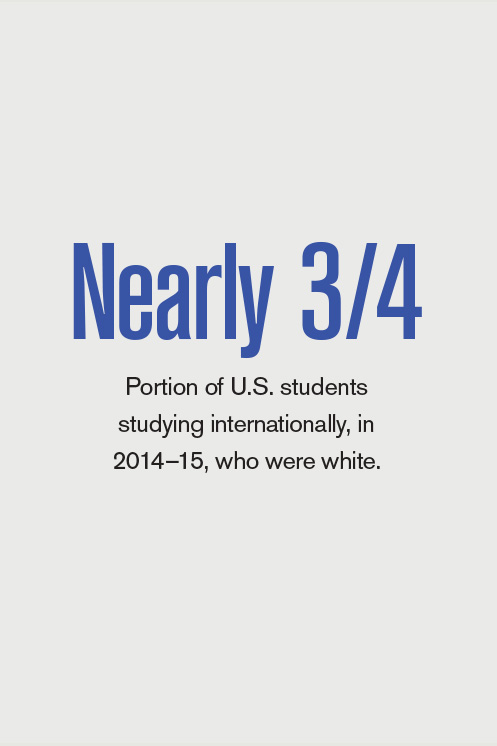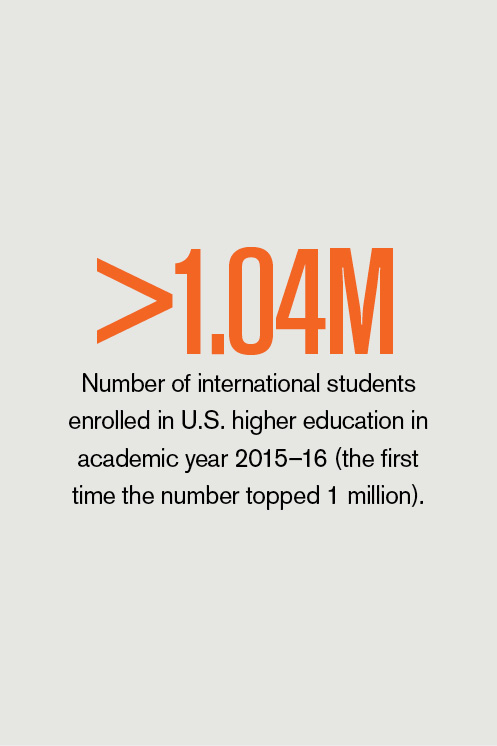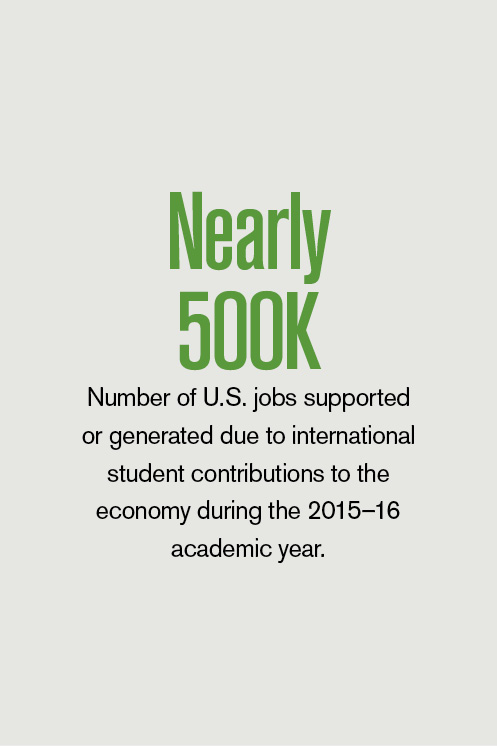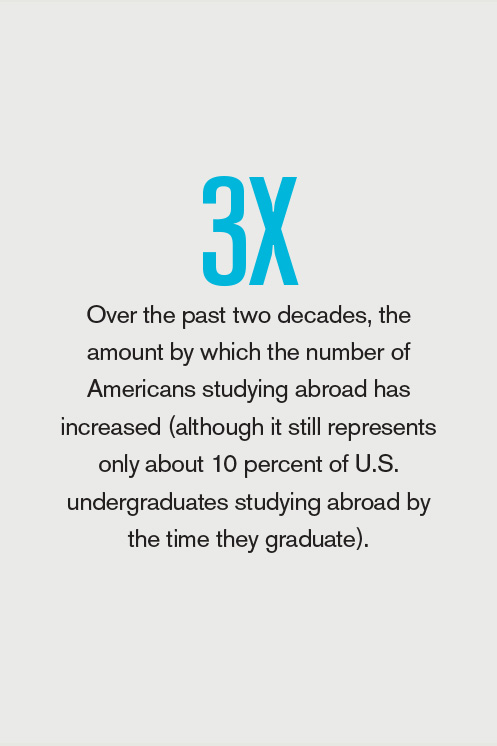Recent survey results indicate that the role of chief financial officers continues to expand, and with that trend comes an understanding that finance professionals must (1) adapt to remain effective and (2) do more to leverage financial and operational data.
Demand for Different Skills
In its latest global survey, McKinsey & Company received responses from 545 participants, representing a full range of regions, industries, and company sizes. Finance leaders reported that new demands on their time include digitizing critical business activities and managing cybersecurity, in addition to traditional finance duties. Most CFOs also recognize that they must build skills outside of traditional business areas, play a more active leadership role, and rethink typical approaches to overcoming external pressures.
The study finds that, on average, five functions other than finance now report to the CFO, with 38 percent of respondents reporting that they are responsible for information technology (IT) and more than half saying that they manage risk, regulatory compliance, and a number of other areas.
In response to some of the challenges outlined in the survey, McKinsey partners and consultants offered some steps that CFOs and their institutions could take:
- Participate in and assert strategic leadership. According to the survey, chief financial officers perceive some of their contributions to the leadership team differently than other leaders do. In fact, many other C-level executives believe that CFOs should spend more time on strategic leadership in coming years. That supports the idea of CFOs more specifically articulating the scope of their role, which may lead to increased engagement and effectiveness of the leadership team.
- Embrace technologicaladvances. While new technologies add to the evolution and expansion of the CBO role, they also have potential to make it easier for finance leaders to understand current business complexities. A wide range of tools, from data analytics to automation of finance processes can provide business insights and support for decision making that can lead to enterprisewide resource planning efforts.
Doing More With Data
In its 2016 Performance Management Survey, Kaufman Hall heard from more than 350 chief financial officers and other finance executives about challenges they are facing and related goals for 2017. Overall, university finance executives know that they could be doing more to leverage financial and operational data to inform strategic decision making.
On the other hand, survey findings show that few CBOs (only 15 percent of survey participants) are confident about their institution’s ability to quickly and easily make adjustments to business circumstances that suddenly change. Part of the problem is due to reliance on outdated, inefficient financial planning tools, resulting in too much time spent accessing information and not enough time on strategic analysis.
- Top issues related to outdated tools and processes. More than 90 percent of survey participants reported that they still use Excel spreadsheets as part of their financial planning and budgeting system. The downsides are numerous, including inefficient reporting and access to data; length of budget cycles; and general problems caused by over-reliance on Excel spreadsheets, including labor-intensive processes, lack of data integrity, and inability to model the enterprise.
- Barriers to effective financial planning and analysis. More than 60 percent of survey participants reported resource constraints and inefficient tools as issues preventing progress. Only 2 percent of respondents reported that they were “very satisfied” with the performance management reporting at their universities. Others indicated the top three reporting challenges as (1) inability to pull data from multiple sources into a single report; (2) difficulty of report creation; and (3) issues with accessing clean, consistent, and trusted data.
What Next?
For 2017, most CBOs have a wish list of improvements that they hope they can move forward in the new year. Among them are: better operational budgeting and forecasting; the ability to generate reports as a basis for analysis that supports decision making; and shorter budget cycles to avoid budget details being based on outdated information.
RESOURCE LINKS McKinsey & Company, www.mckinsey.com, click on “Global Surveys”; and Kaufman Hall, www.kaufmanhall.com, click on “Thought Leadership.”
Findings from this year’s ACT annual report The Condition of STEM 2016, released in mid-November, show that nearly half (48 percent) of high school graduates who took the ACT test are interested in science, technology, engineering, and math (STEM) majors and careers—while only 26 percent met or surpassed the ACT college readiness benchmark.
According to ACT, the benchmark is an indicator of whether a student is prepared sufficiently for first-year college courses typically required for a STEM-related major. CEO Marten Roorda notes: “The lack of readiness for STEM college coursework remains troubling.”
Even the students who meet the benchmark score have only a 75 percent probability of earning a C or higher in first-year college science and math courses. However, those students generally are more likely than those who don’t reach the benchmark to earn good grades, persist in a STEM major, and earn the related bachelor’s degree.
Nearly 2.1 million 2016 U.S. high school graduates took the test, the results of which show a big disconnect between students’ interests and their actual preparation; the findings show virtually no improvement from last year. Interest in teaching science and math subjects also continues to be alarmingly low—particularly in light of the listing by the U.S. Department of Education indicating that both math and science are high-need fields where teacher shortages already exist in many states.
RESOURCE LINK Go to http://www.act.org/stemcondition for complimentary access to The Condition of STEM Report 2016 for the nation and for each state.
In a rare collaboration effort, U.S. Consul General Daniel Lawton in Northern Ireland has met with Queen’s University Belfast Vice Chancellor Patrick Johnston to launch the first-ever international teacher exchange between schools in Northern Ireland and schools in Los Angeles.
Funded by the U.S. Embassy in London, the international exchange program was granted $55,000, which will allow 10 teachers from Los Angeles to travel to Northern Ireland for a week in early 2017. Shortly afterward, the Northern Ireland teachers will visit schools linked to Loyola Marymount University, also in Los Angeles.
The exchange’s goal is to deepen cultural and educational links between the United States and Northern Ireland. Teachers will use their time to learn about the differences and best practices in their respective education systems. Consul General Lawton explains: “Queen’s University has a proven track record in developing mutually beneficial partnerships in the United States across diverse fields, such as health, legal services, engineering, education, conflict resolution, and cybersecurity. This award will help strengthen our mutually beneficial transatlantic link by exploring the best practices in the delivery of collaborative education.”
An analysis of 171 law schools found that enrollment dropped by 21 percent at private law schools between 2011 and 2015. —Mapping a Contracting Market, by Robert Zemsky
Fast Fact
New: Online Business Degree
www.sdsu.edu
The first-ever undergraduate online degree program at San Diego State University will make its debut in fall 2017. Students are already applying for the fully accredited program, which is part of the Fowler College of Business. “Every course in the online program is taught by SDSU faculty, who have demonstrated an ability to excel in their regular on-campus teaching assignments,” explains George Belch, interim dean of the college. The program was specifically designed to serve those with work/family responsibilities as well as transfer students. The flexible structure allows students to take courses on a part-time basis, if necessary.
Deferred Maintenance Backlog
www.sightlines.com
The 2016 State of Facilities in Higher Education reports that deferred maintenance backlogs on North American college and university campuses have hit their highest point ever. The study includes data from 377 higher education institutions in the United States and Canada, with a collective enrollment of 3 million students and 1.5 billion total square feet of campus space. Three conditions are affecting facilities: stagnant or declining enrollment, postponed investment in renewing older buildings in favor of new construction, and operating budgets and other sources of facilities funding that are not keeping pace with needs.
![]()
By The Numbers
Update on International Students
Sources: Open Doors 2016; www.iie.org; and www.nafsa.org (search “NAFSA International Student Economic Value Tool”).






